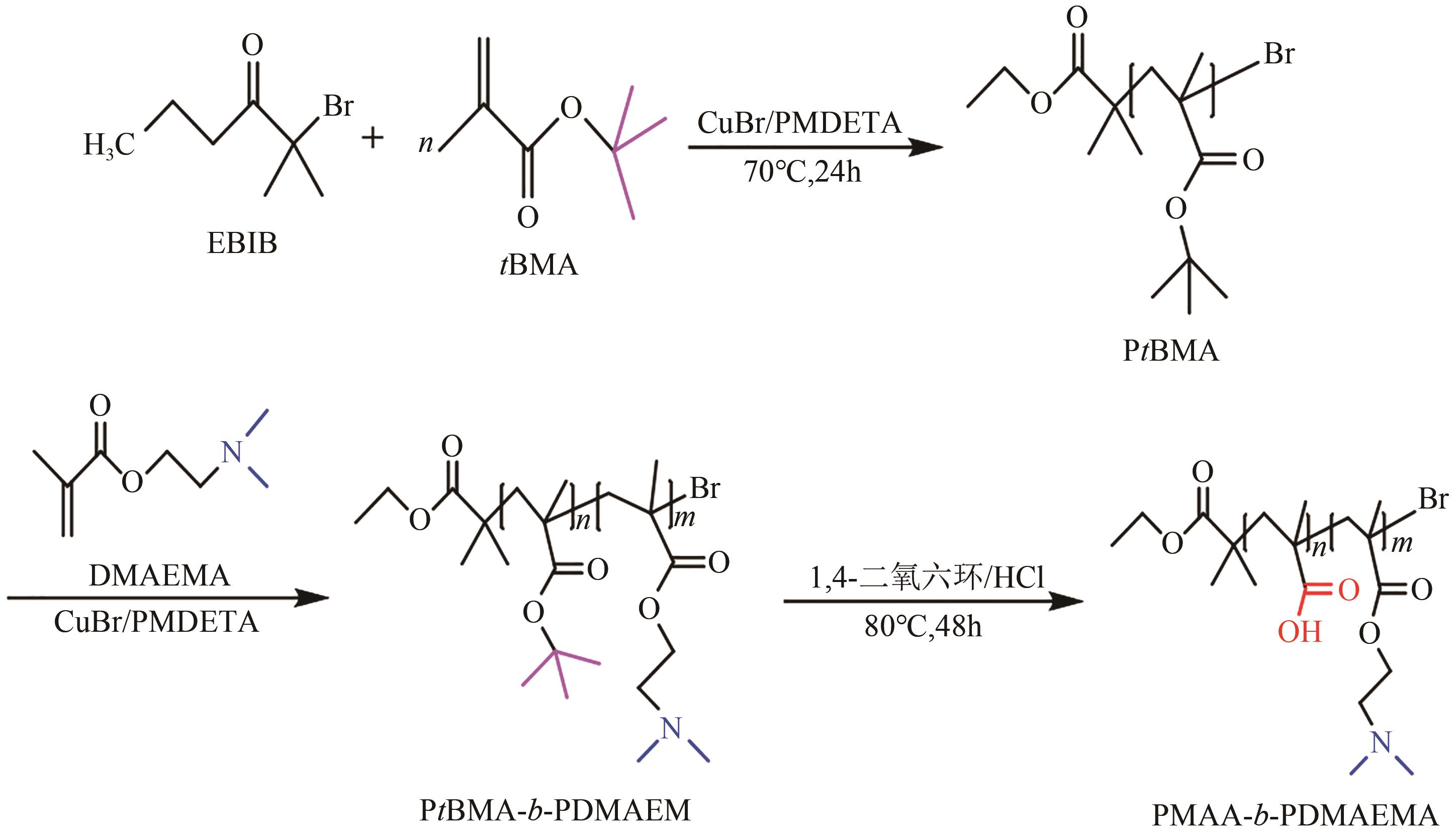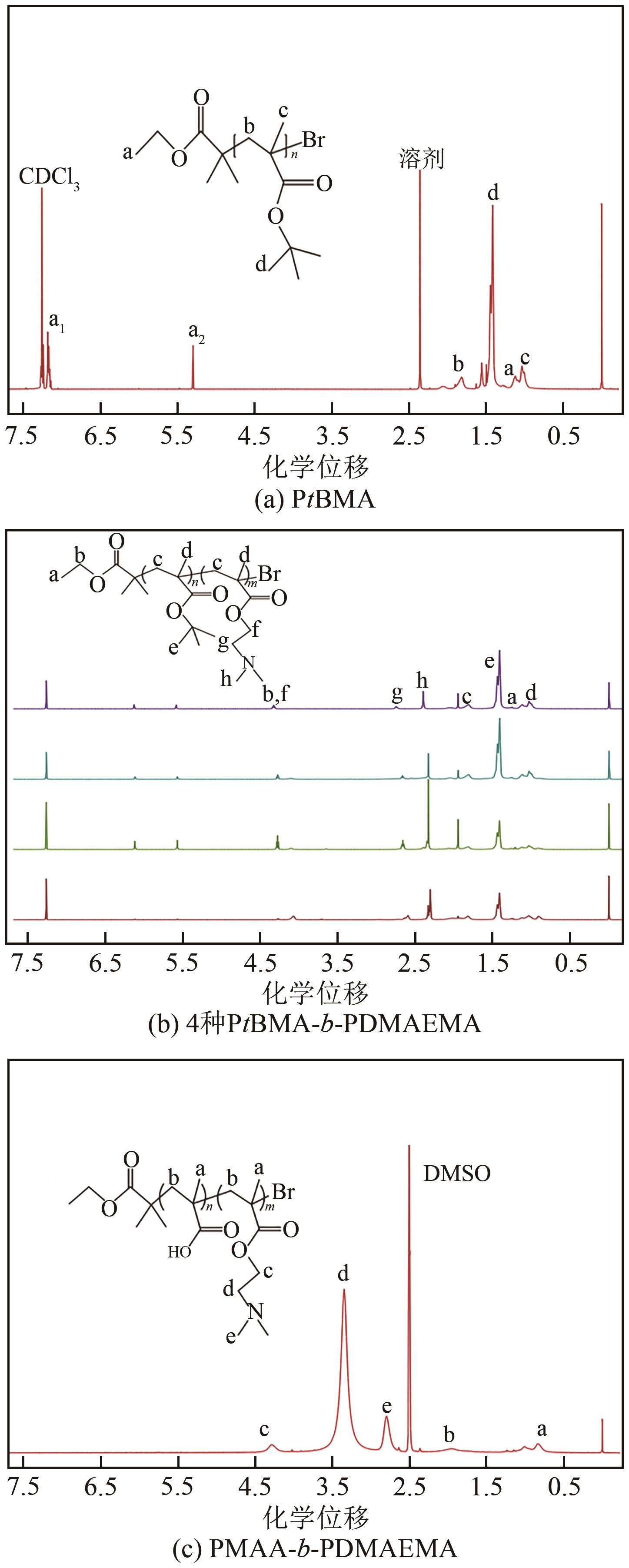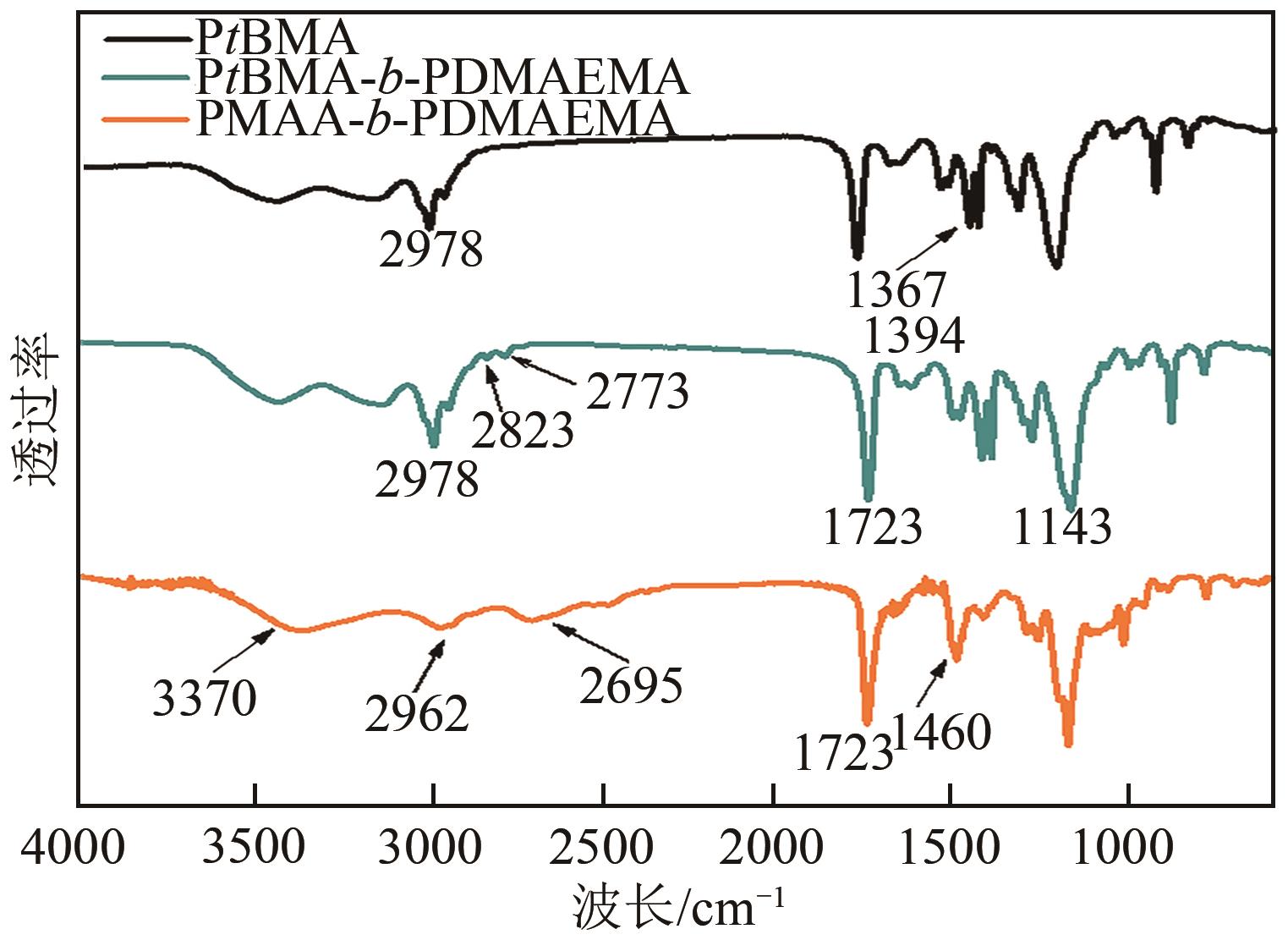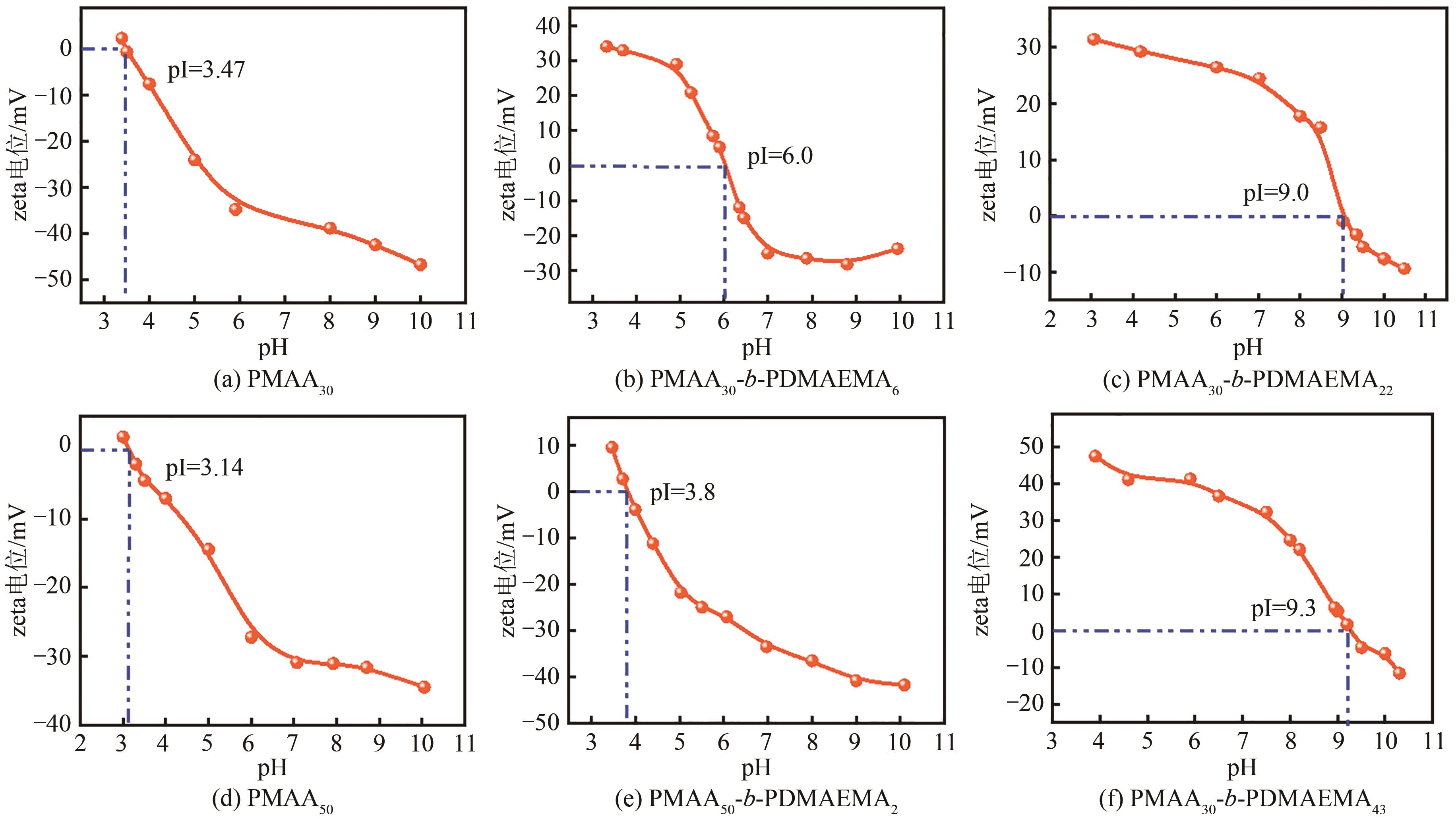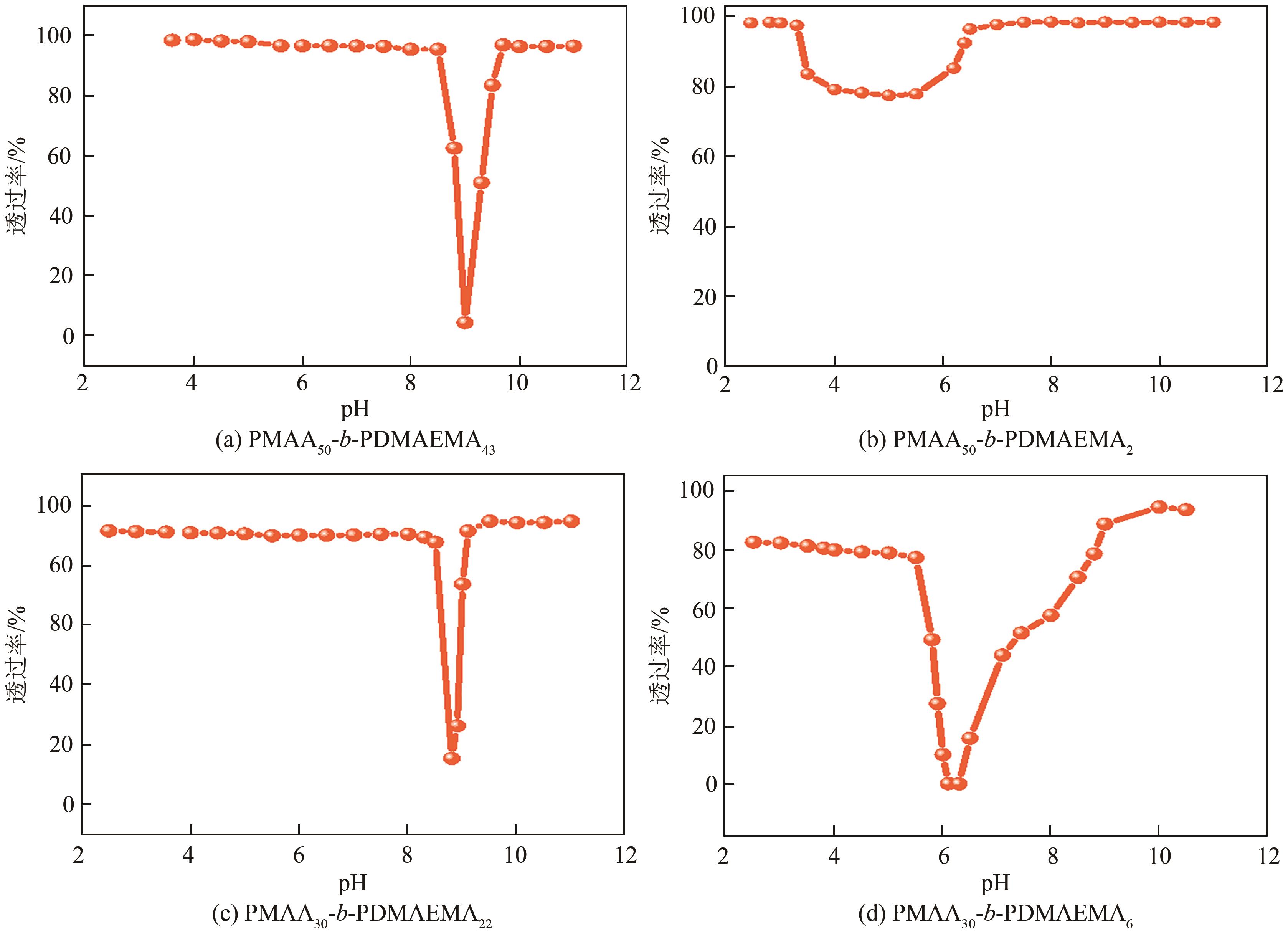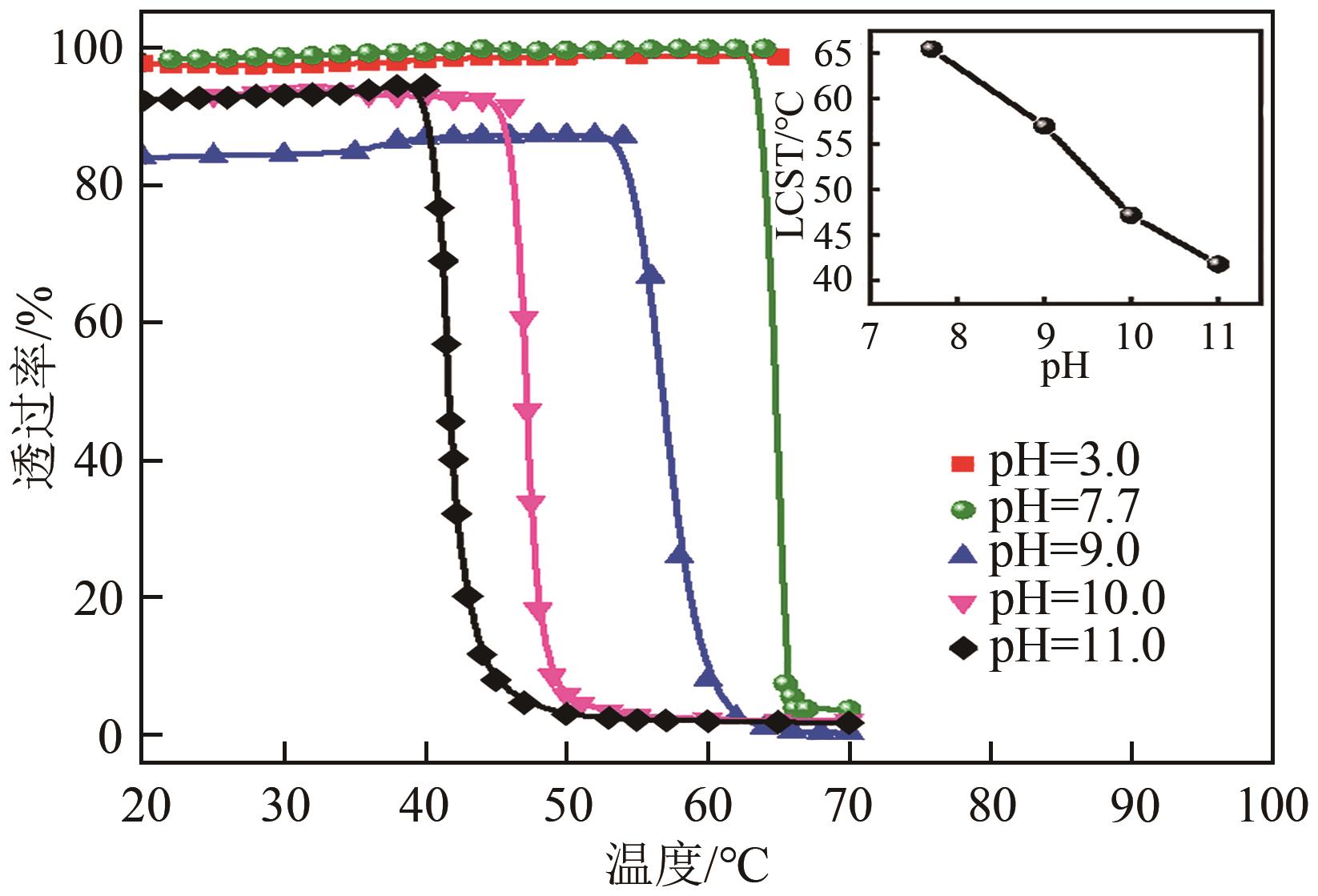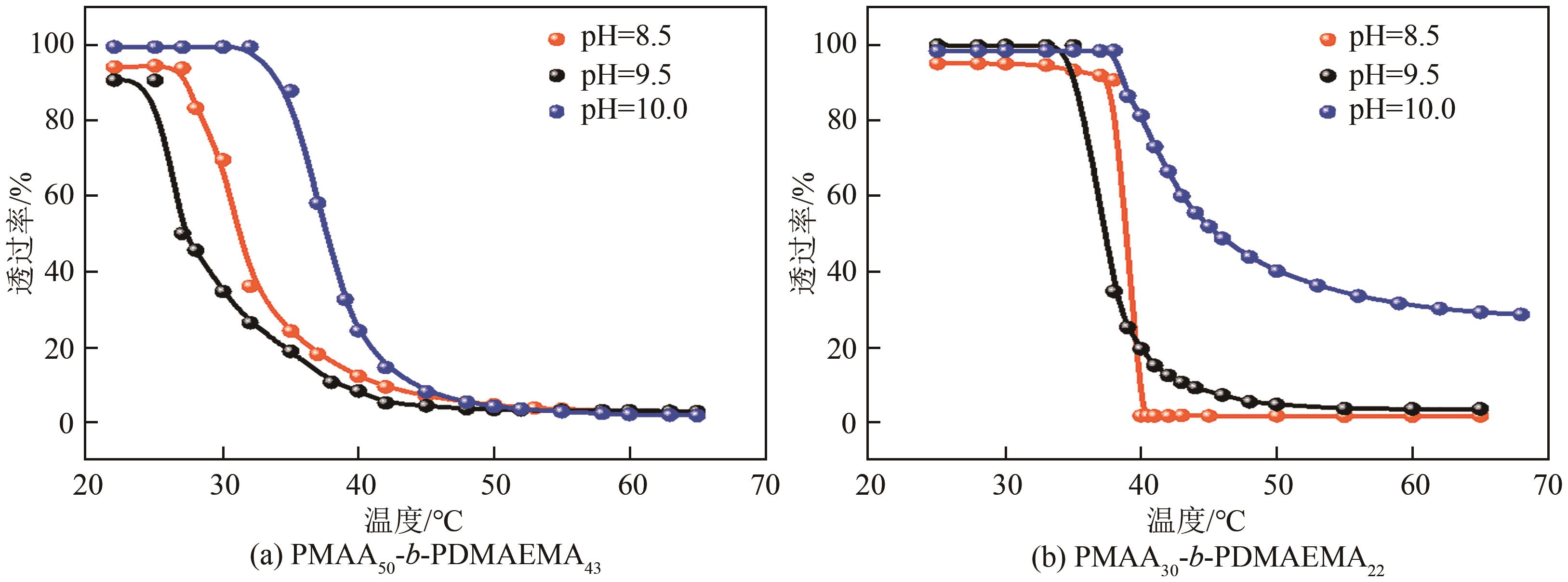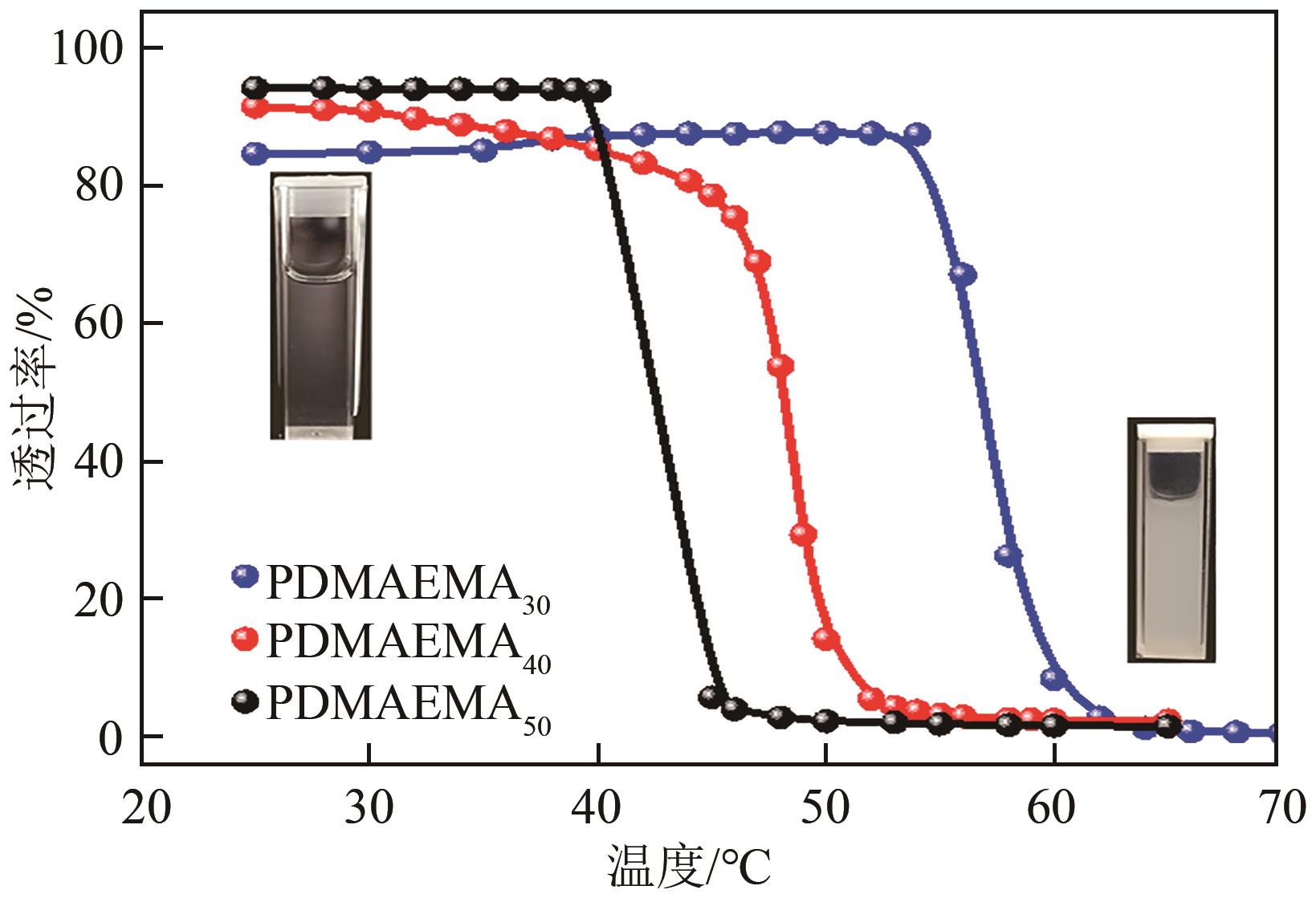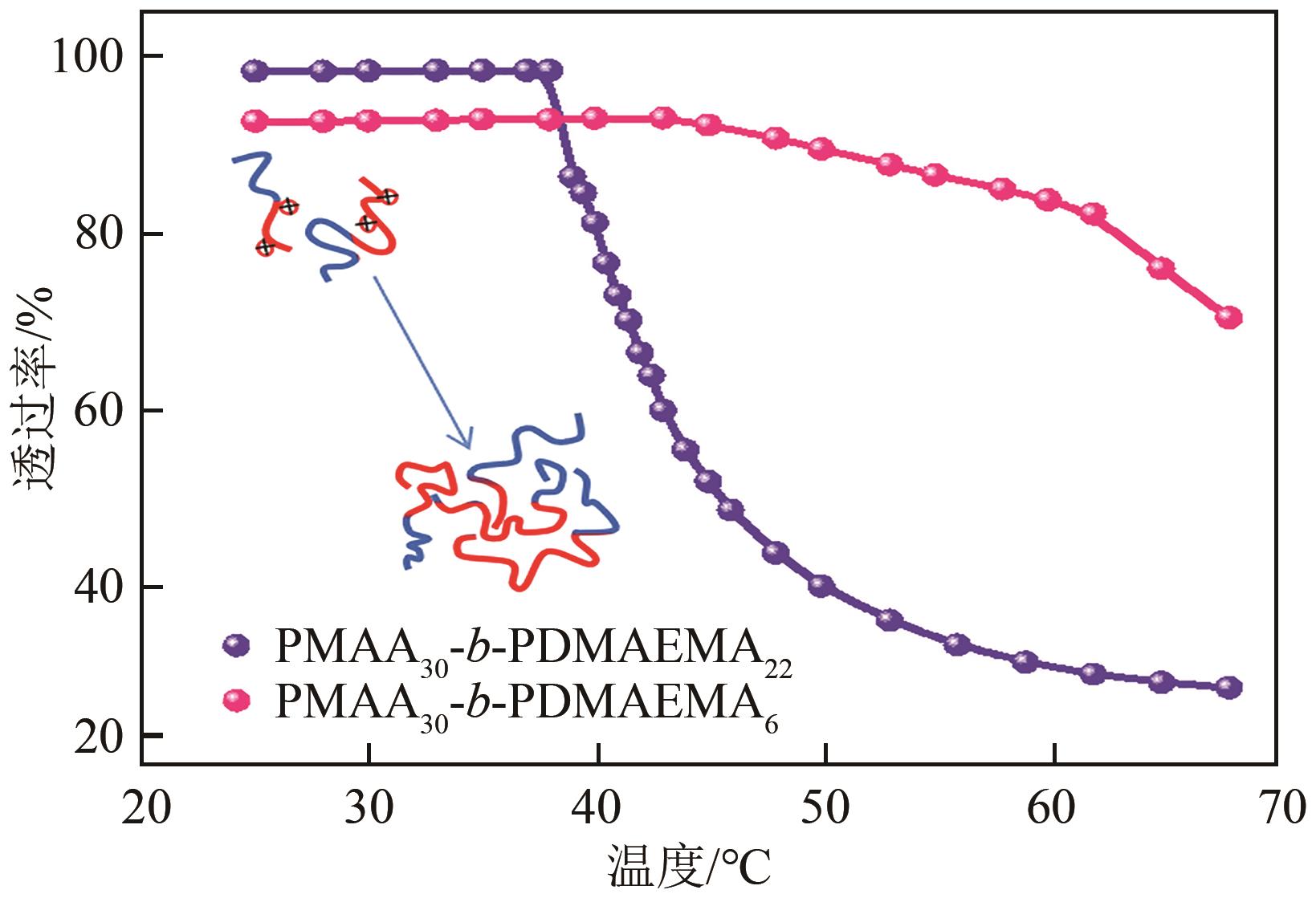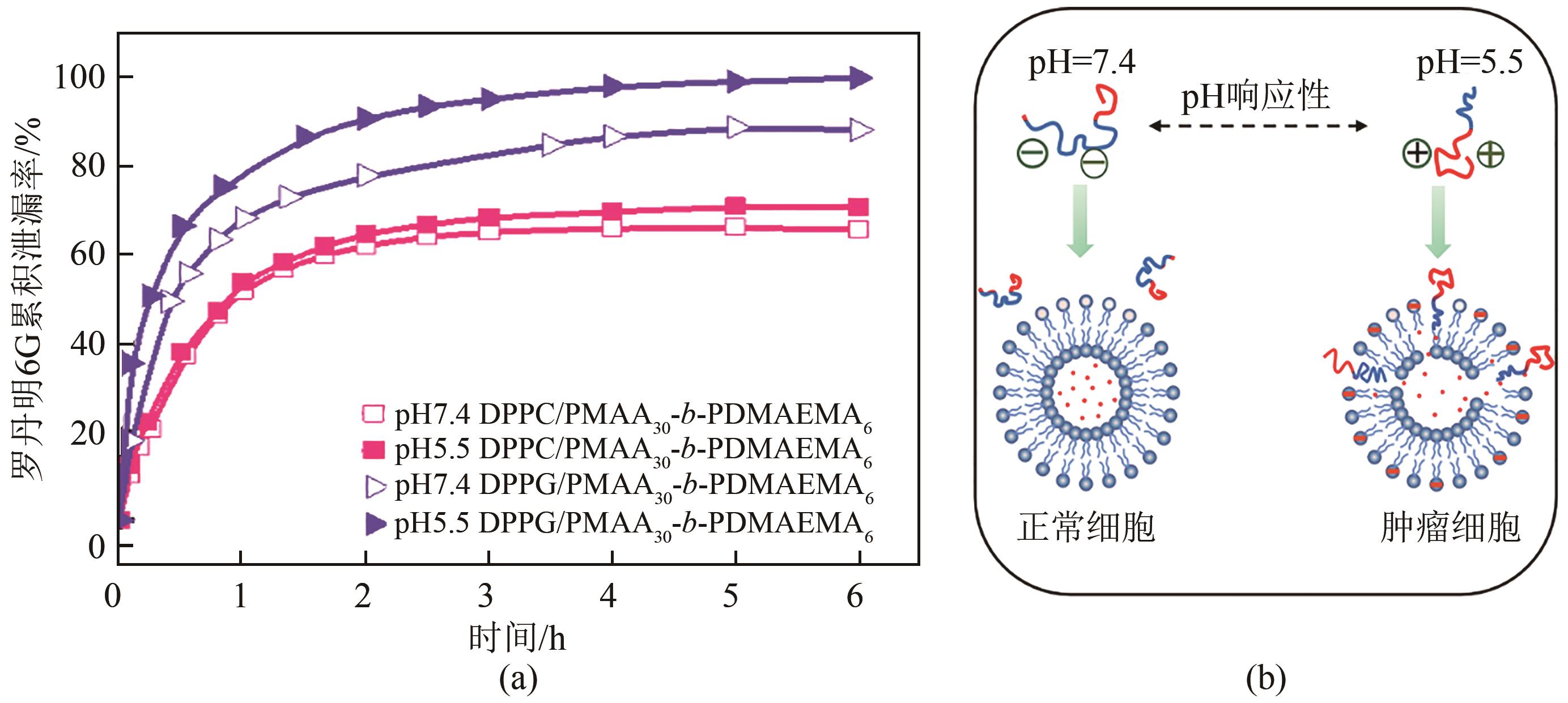| 1 |
PANG Xin, JIANG Yue, XIAO Qicai, et al. pH-responsive polymer-drug conjugates: Design and progress[J]. Journal of Controlled Release, 2016, 222: 116-129.
|
| 2 |
KIEVIET B D, SCHÖN P M, VANCSO G J. Stimulus-responsive polymers and other functional polymer surfaces as components in glass microfluidic channels[J]. Lab on a Chip, 2014, 14(21): 4159-4170.
|
| 3 |
王义洲, 刘晔宏, 徐首红, 等. 用于药物载体的多重响应型聚合物分子的设计与合成[J]. 物理化学学报, 2019, 35(8): 876-884.
|
|
WANG Yizhou, LIU Yehong, XU Shouhong, et al. Design and synthesis of multi-responsive copolymers for drug carrier[J]. Acta Physico-Chimica Sinica, 2019, 35(8): 876-884.
|
| 4 |
WEI Ting, YU Qian, CHEN Hong. Responsive and synergistic antibacterial coatings: Fighting against bacteria in a smart and effective way[J]. Advanced Healthcare Materials, 2019, 8(3): e1801381.
|
| 5 |
PATRA Santanu, ROY Ekta, KARFA Paramita, et al. Dual-responsive polymer coated superparamagnetic nanoparticle for targeted drug delivery and hyperthermia treatment[J]. ACS Applied Materials & Interfaces, 2015, 7(17): 9235-9246.
|
| 6 |
XIAO Zecong, SU Zhenwei, HAN Shisong, et al. Dual pH-sensitive nanodrug blocks PD-1 immune checkpoint and uses T cells to deliver NF-κB inhibitor for antitumor immunotherapy[J]. Science Advances, 2020, 6(6): eaay7785.
|
| 7 |
HOREV B, KLEIN M I, HWANG G, et al. pH-activated nanoparticles for controlled topical delivery of farnesol to disrupt oral biofilm virulence[J]. ACS Nano, 2015, 9(3): 2390-2404.
|
| 8 |
DEIRRAM N, ZHANG C, KERMANIYAN S S, et al. pH‐responsive polymer nanoparticles for drug delivery[J]. Macromolecular Rapid Communications, 2019, 40(10): e1800917.
|
| 9 |
KUMAR Parveen, BEHL Gautam, KAUR Sumeet, et al. Tumor microenvironment responsive nanogels as a smart triggered release platform for enhanced intracellular delivery of doxorubicin[J]. Journal of Biomaterials Science Polymer Edition, 2021, 32(3): 385-404.
|
| 10 |
GAO Yuxue, ZONG Shiyu, HUANG Yirong, et al. Preparation and properties of a highly elastic galactomannan-poly(acrylamide- N, N-bis (acryloyl) cysteamine) hydrogel with reductive stimuli-responsive degradable properties[J]. Carbohydrate Polymers, 2020, 231: 115690.
|
| 11 |
ZUO Yanming, YAN Xu, XUE Jingzhe, et al. Enzyme-responsive Ag nanoparticle assemblies in targeting antibacterial against methicillin-resistant staphylococcus aureus[J]. ACS Applied Materials & Interfaces, 2020, 12(4): 4333-4342.
|
| 12 |
BAIER Grit, CAVALLARO Alex, VASILEV Krasimir, et al. Enzyme responsive hyaluronic acid nanocapsules containing polyhexanide and their exposure to bacteria to prevent infection[J]. Biomacromolecules, 2013, 14(4): 1103-1112.
|
| 13 |
YU Yingjie, XU Quan, HE Shasha, et al. Recent advances in delivery of photosensitive metal-based drugs[J]. Coordination Chemistry Reviews, 2019, 387: 154-179.
|
| 14 |
LIU Baitong, PAN Xiaohong, NIE Danyue, et al. Ionic hydrogen-bonded organic frameworks for ion-responsive antimicrobial membranes[J]. Advanced Materials, 2020, 32(48): e2005912.
|
| 15 |
PAVLUKHINA Svetlana, LU Yiming, PATIMETHA Altida, et al. Polymer multilayers with pH-triggered release of antibacterial agents[J]. Biomacromolecules, 2010, 11(12): 3448-3456.
|
| 16 |
CAO Ziquan, WU Hao, DONG Jie, et al. Quadruple-stimuli-sensitive polymeric nanocarriers for controlled release under combined stimulation[J]. Macromolecules, 2014, 47(24): 8777-8783.
|
| 17 |
LIU Y, BUSSCHER H J, ZHAO B, et al. Surface-adaptive, antimicrobially loaded, micellar nanocarriers with enhanced penetration and killing efficiency in staphylococcal biofilms[J]. ACS Nano, 2016, 10(4): 4779-4789.
|
| 18 |
LIU Peng, LI Xuelian, ZHANG Hongxia, et al. pH-responsive spiropyran-based copolymers and their application in monitoring and antibacterial coatings[J]. Progress in Organic Coatings, 2021, 156: 106259.
|
| 19 |
WANG Hongwei, WANG Lei, ZHANG Pengchao, et al. High antibacterial efficiency of pDMAEMA modified silicon nanowire arrays[J]. Colloids and Surfaces B: Biointerfaces, 2011, 83(2): 355-359.
|
| 20 |
CHEN Fang, CHEN Zhuguo, SUN Huizhao, et al. Anion effect on the tunable stability of a thermoresponsive pickering emulsion based on SiO2-PNIPAM[J]. Acta Physico-Chimica Sinica, 2016, 32(3): 763-770.
|
| 21 |
姚加, 汪青, 童达君, 等. 不同嵌段比的PEG-b-PDMAEMA共聚物在水溶液中的自聚集行为[J]. 物理化学学报, 2007, (10): 1612-1616.
|
|
YAO Jia, WANG Qing, TONG Dajun, et al. Self-aggregation behavior of PEG-b-PDMAEMA copolymers with different block ratios in aqueous solution[J]. Acta Physico-Chimica Sinica, 2007, (10): 1612-1616.
|
| 22 |
DE SOUZA J C, NAVES A F, FLORENZANO F H. Specific thermoresponsiveness of PMMA-block-PDMAEMA to selected ions and other factors in aqueous solution[J]. Colloid and Polymer Science, 2012, 290(13): 1285-1291.
|
| 23 |
HAN Xia, ZHANG Xuxia, ZHU Hongfan, et al. Effect of composition of PDMAEMA-b-PAA block copolymers on their pH- and temperature-responsive behaviors[J]. Langmuir, 2013, 29(4): 1024-1034.
|
| 24 |
WANG Sijia, SUN Yue, XU Shouhong, et al. Novel peptide-polymer conjugate with pH-responsive targeting/disrupting effects on biomembranes[J]. Langmuir, 2021, 37(29): 8840-8846.
|
| 25 |
周西来, 董少波, 兰天宇, 等. 环境响应型共聚物自组装的研究进展[J]. 广东化工, 2021, 48(10): 95-98, 91.
|
|
ZHOU Xilai, DONG Shaobo, LAN Tianyu, et al. Research progress on self-assembly of environmentally responsive copolymers[J]. Guangdong Chemical Industry, 2021, 48(10): 95-98, 91.
|
| 26 |
杨倩丽, 康晓明, 孙静, 等. 刺激响应性聚合物的设计、合成及其应用研究新进展[J]. 化工进展, 2015, 34(8): 3075-3084, 3098.
|
|
YANG Qianli, KANG Xiaoming, SUN Jing, et al. New progress in the design, synthesis and application of stimuli responsive polymers[J]. Chemical Industry and Engineering Progress, 2015, 34(8): 3075-3084, 3098.
|
| 27 |
CHEN Cuixia, CHEN Yucan, YANG Cheng, et al. High selective performance of designed antibacterial and anticancer peptide amphiphiles[J]. ACS Applied Materials & Interfaces, 2015, 7(31): 17346-17355.
|
| 28 |
WANG Sijia, WANG Tong, ZHANG Junqi, et al. Disruption of tumor cells using a pH-activated and thermosensitive antitumor lipopeptide containing a leucine zipper structure[J]. Langmuir, 2018, 34(30): 8818-8827.
|
| 29 |
AROURI Ahmad, DATHE Margitta, BLUME Alfred. Peptide induced demixing in PG/PE lipid mixtures: A mechanism for the specificity of antimicrobial peptides towards bacterial membranes?[J]. Biochimica et Biophysica Acta - Biomembranes, 2009, 1788(3): 650-659.
|
| 30 |
LUO Yanling, YU Wei, XU Feng. pH-responsive PMAA-b-PEG-b-PMAA triblock copolymer micelles for prednisone drug release and release kinetics[J]. Polymer Bulletin, 2012, 69(5): 597-620.
|
| 31 |
BONDAZ Louis, COUSIN Fabrice, MULLER François, et al. pH-sensitive behavior of the PS-b-PDMAEMA copolymer at the air - water interface[J]. Polymer, 2021, 221: 123619.
|
 ), 王斯佳1(
), 王斯佳1( ), 吴明侠1(
), 吴明侠1( ), 宋先雨2(
), 宋先雨2( ), 徐首红3
), 徐首红3
 ), WANG Sijia1(
), WANG Sijia1( ), WU Mingxia1(
), WU Mingxia1( ), SONG Xianyu2(
), SONG Xianyu2( ), XU Shouhong3
), XU Shouhong3

